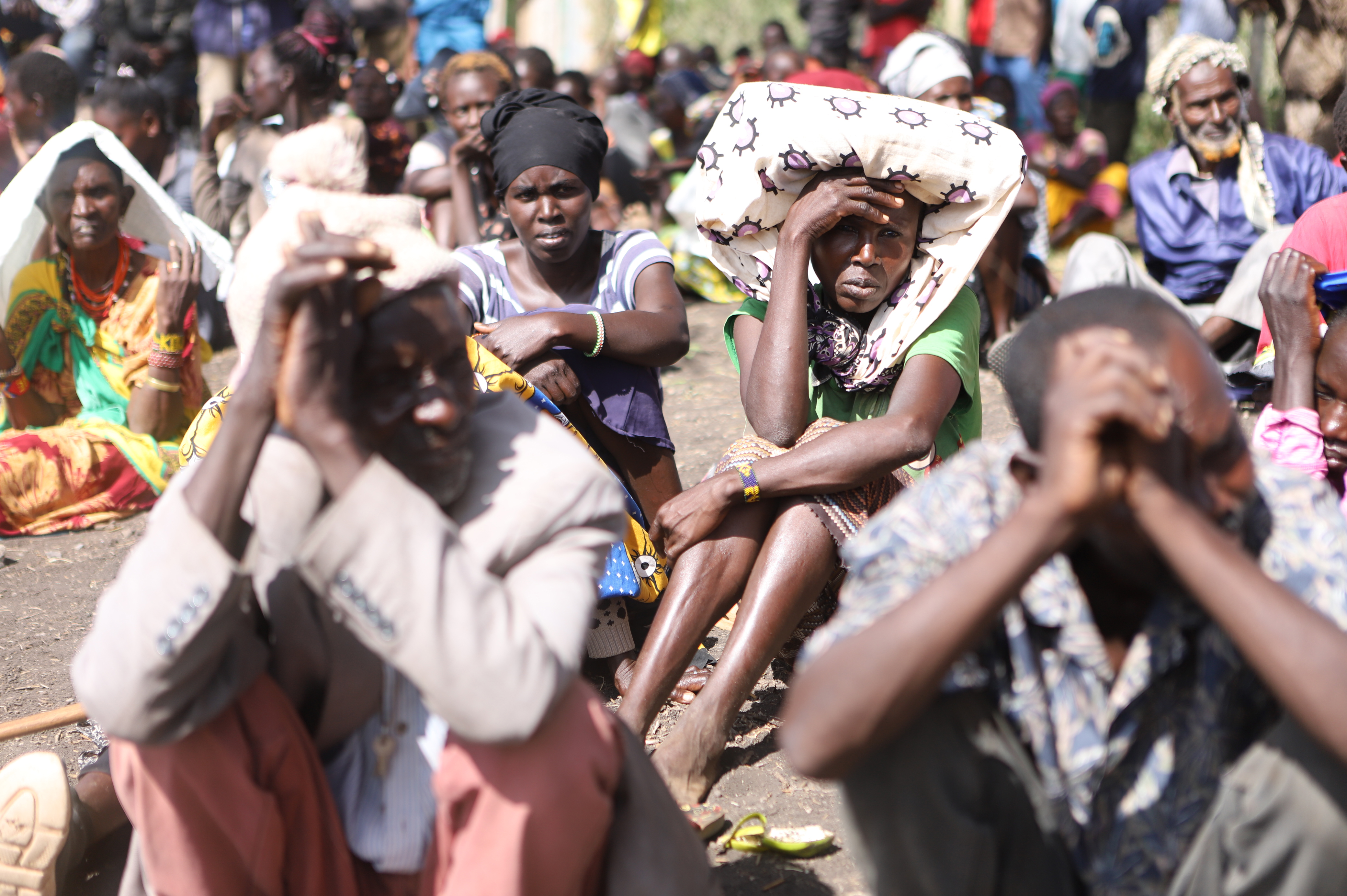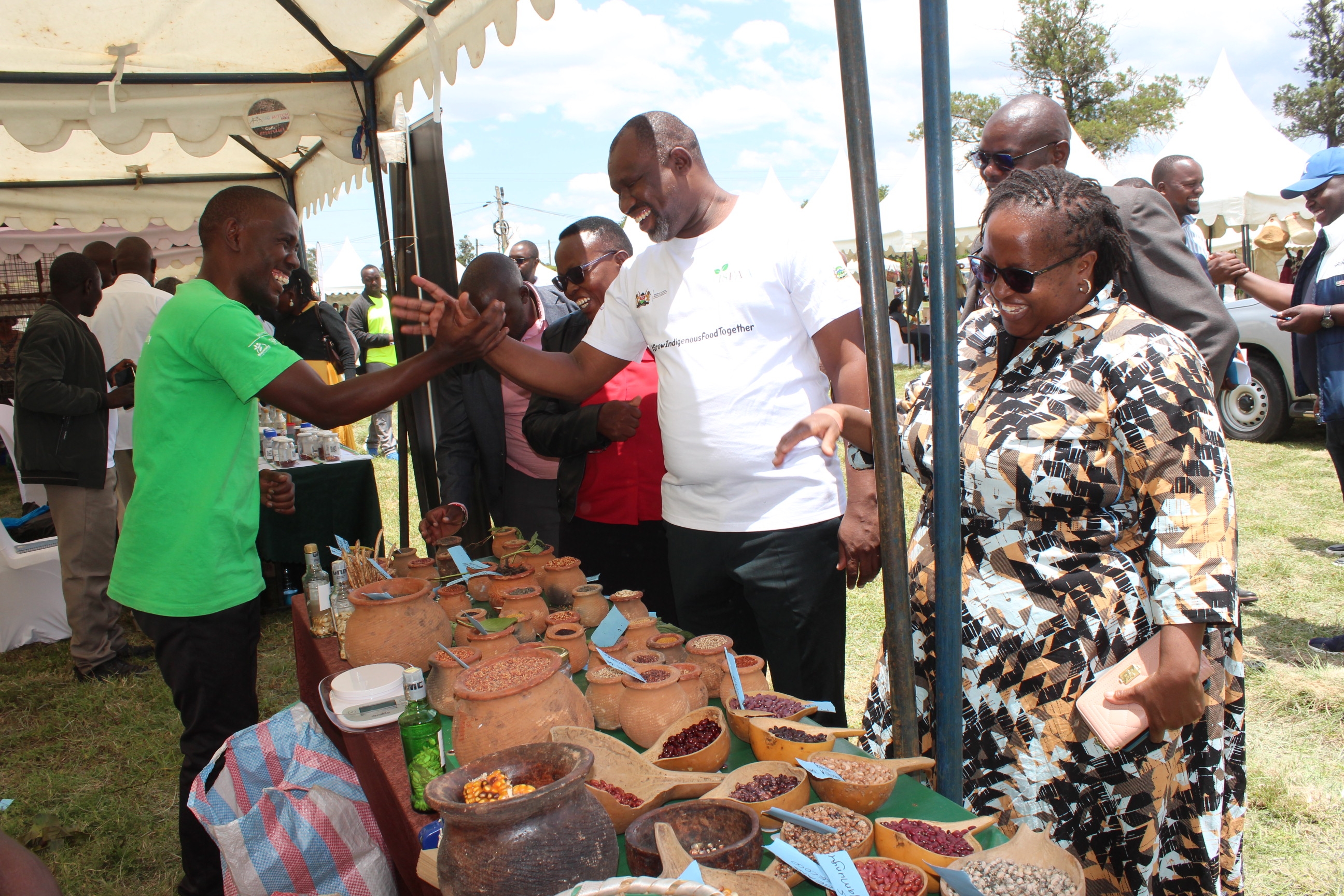

The number of Kenyans facing food shortages and malnutrition is projected to rise to 2.1 million by January 2026, driven by poor rainfall, rising food prices, and resource-based conflicts, Agra Foundation’s October 2025 Food Security Monitor report has said.
The report shows about 1.8 million people are currently experiencing hunger, mostly in the arid and semi-arid lands (ASALs), where families continue to struggle with limited access to food and water.
“Kenya faces persistent food insecurity, particularly in the ASALs, where 1.8 million people were classified in Crisis (IPC Phase 3) or worse between July and September 2025, including 179,000 in Emergency (IPC Phase 4),” the report states.
While above-average rainfall earlier in the year briefly improved crop and livestock production, conditions have since deteriorated. Forecasts indicate below-average short rains between October and December, raising fears of worsening food availability. Rising staple food prices and local conflicts over resources are expected to deepen the crisis.
“By January 2026, an estimated 2.1 million people will face IPC Phase 3 or higher,” the report warns, referencing the Integrated Food Security Phase Classification scale that measures the severity of food insecurity.
The report highlights that acute malnutrition remains a major concern, with over 740,000 children under five and 109,000 pregnant or lactating mothers in need of treatment. The situation is attributed to inadequate food consumption, poor diets and limited access to health and sanitation services.
On food prices, Agra notes that while inflation has stabilised and some commodities become cheaper, food remains costly for many households.
“In Kenya, maize prices fell by 3.63 per cent month-on-month and 13.48 per cent over three months, supported by ongoing harvests, though prices remain 16.06 per cent higher year-on-year,” the report says. “This reflects structural market inefficiencies and localised production challenges.”
Regionally, South Sudan recorded the sharpest maize price drop—down 19.11 per cent month-on-month—thanks to local harvests and imports from Uganda. However, prices there are still 41 per cent higher than a year ago due to persistent supply chain disruptions and insecurity.
Kenya continues to register the highest rice prices in the region, averaging $1,288 (Sh166,152) per tonne, with costs driven by low domestic production, import dependency and high consumer demand.
“These movements underscore the need for close monitoring of supply chains and regional coordination to manage food price inflation and ensure affordability,” the report notes.
For wheat, Kenya saw a two per cent month-on-month price increase, reaching $788 (Sh101,652) per tonne, largely due to stock depletion and strong domestic demand.
The cost of fertilisers also rose sharply, with Calcium Ammonium Nitrate increasing by 14.26 per cent month-on-month, while DAP and NPK prices rose by 2.87 per cent and 5.70 per cent, respectively.
Over six months, NPK recorded the strongest growth at 17.05 per cent, reflecting sustained global demand and input market volatility.
Experts warn that unless the rains improve and market access stabilises, vulnerable households in northern and eastern Kenya could face severe food shortages by early 2026.
INSTANT ANALYSIS
Kenya’s food insecurity crisis is deepening as poor rains and high prices squeeze rural households. Without urgent relief and better market coordination, millions risk sliding into acute hunger by early 2026.

















